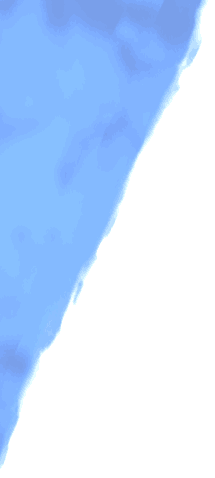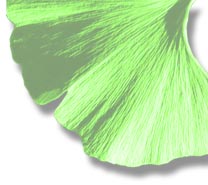Darwin and His
Finches
Accompanies the
Viewer's Guide, Chapter 1-C, "The Legend of `Darwin's Finches'"
Overview
The process of discovery
in science is seldom ever neat. Sometimes an idea comes in a sudden
flash of insight. Other times it may develop over a long time. Still
other times, a scientist may miss an insight because he was looking
in the wrong places or because there was a flaw in the way he gathered
his data. Unfortunately, popular accounts of science tend to overlook
the very human way that even great scientists went about their work.
In the pursuit of a compelling story, the storytellers often sweep
away all the messiness that can go with real science. Instead of
scientists, we are shown heroes and legends.
This is no less true
of Darwin than anyone else. It is commonly believed that Darwin's
insight about evolution was sparked by the finches of the Galápagos
Islands. But is this how it happened? In this activity, students
will read through relevant chapters of The Voyage of the Beagle
and The Origin of Species by Charles Darwin, and Darwin: The Life
of a Tormented Evolutionist, by science historians Adrian Desmond
and James Moore, to determine what helped give Darwin his idea.
Note: This activity has been structured as a research
project. If you wish to adapt it to a single class session, you
can provide excerpts from Darwin's work and brief quotes from
Desmond's and Moore's book.
Learning Objectives
- Students will understand
that scientific discovery is sometimes a messy process.
- Students will understand
that popular accounts of history and science may conflict with
scholarly accounts and with the evidence.
- Students will synthesize
material from various sources to determine what factors may have
inspired Darwin's theory of evolution.
- Students will be
aware of the importance of using scholarly sources and original
material for verifying popular accounts of history.
Directions
Introduce the activity
by summarizing the first two paragraphs of the overview. Distribute
the readings and worksheet to students and have them work individually
or in small groups. After they've had time to finish the worksheet,
have the class discuss what conclusions they came to.
Readings
Charles Darwin.
On the Origin of Species. 6th ed. (1872). Chapter 13.
http://digital.library.upenn.edu/webbin/gutbook/lookup?num=2009
Charles Darwin.
The Voyage of the Beagle. 2nd ed. (1845). Chapter 17.
http://digital.library.upenn.edu/webbin/gutbook/lookup?num=3704
Adrian Desmond
and James Moore. Darwin: The Life of a Tormented Evolutionist.
New York: W.W. Norton & Company, 1991. Chapters 14-15.
Frank J. Sulloway.
"Darwin's Conversion: The Beagle Voyage and Its
Aftermath," Journal
of the History of Biology 15 (1982), 1-53.
Frank J. Sulloway.
"The Legend of Darwin's Finches." Nature 303 (1983),
372.
Frank J. Sulloway,
"Darwin and the Galapagos," Biological Journal of the
Linnean Society 21
(1984), 29-59.
Darwin and His Finches
It is widely believed
that Darwin's theory of evolution was at least partly inspired
by the finches he collected while he visited the Galápagos
Islands, off the coast of Ecuador. This is the story told in the
first episode of the Evolution video series. But is this what
really happened?
Directions
Using the three books
listed at the bottom of this worksheet, try to piece together
a picture of what it was that helped inspire Darwin's theory
of evolution. Then answer the two questions below.
1. What are
some of the things that may have helped inspire Darwin's theory
of evolution?
2. What are
the reasons for your conclusions?
Readings
Charles Darwin.
On the Origin of Species. 6th ed. (1872). Chapter 13.
http://digital.library.upenn.edu/webbin/gutbook/lookup?num=2009
Charles Darwin.
The Voyage of the Beagle. 2nd ed. (1845). Chapter 17.
http://digital.library.upenn.edu/webbin/gutbook/lookup?num=3704
Adrian Desmond
and James Moore. Darwin: The Life of a Tormented Evolutionist.
New York: W.W. Norton & Company, 1991. Chapters 14-15.
|



